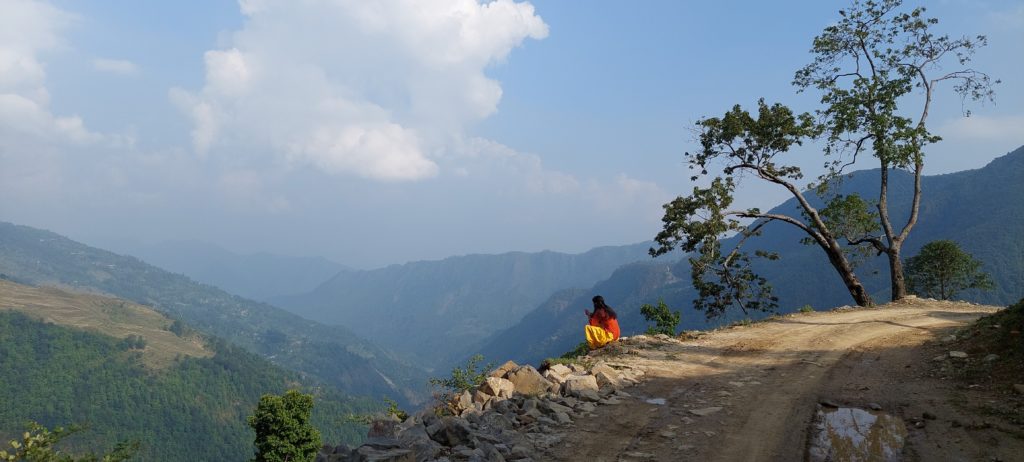
I was living in New Delhi, India, in May, resting after a long, grueling trip through Egypt, Zimbabwe and Zambia. But I needed to make a visa run somewhere and Kathmandu, Nepal, seemed the likeliest choice of destinations.
I had time to spend in Nepal but wasn’t up physically or mentally for a full-on Mount Everest trek. Basically I just wanted a taste of the city to satisfy the visa requirement for returning to India.
I booked a room outside the city center and began exploring Nepal’s capital city by foot, as I’m used to doing in most places I visit, wandering about the neighborhoods, thoroughfares and backstreet corners of the city looking for interesting things. There was plenty of that.
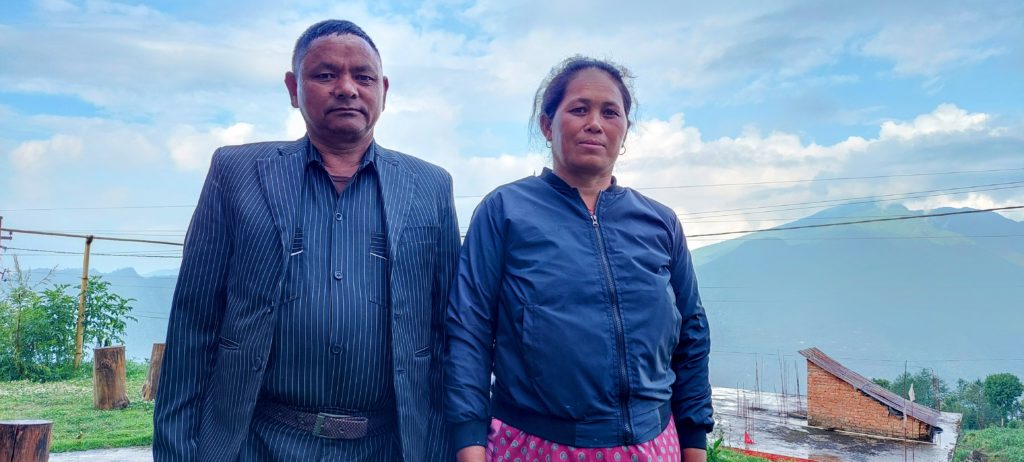
I stayed in a guest house in Kathmandu operated by the same family that owns Mountain Delights Treks and Expeditions, so I was being encouraged to explore my options for a trek.
Owner “Ram,” however, had trouble understanding what I wanted. He was an experienced trekker, porter, sherpa and guide, and was used to his clients seeking hikes on the vaunted Annapurna and Everest trails — the more expensive, signature routes of Nepal.
And there I was a traveler who doesn’t always follow the crowd.
I had read the slick brochures lying about my room and saw a “Community (Social) Trek … to remote villages not often visited by tourists … a unique opportunity to see and experience Nepali culture and life-style first-hand.” That was more like it.
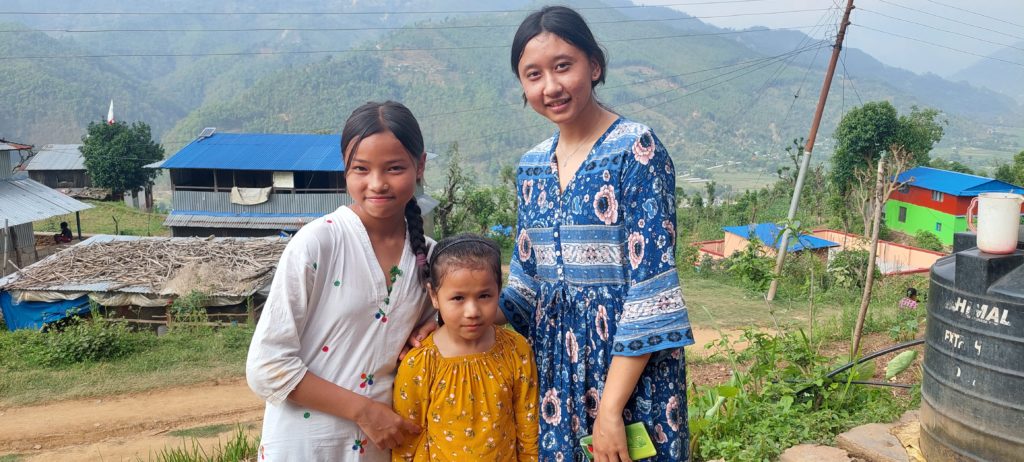
But Ram was perplexed. First I had to tell him where and in which of his brochures did I see this option. Then he scrambled to put the tour together somewhat haphazardly.
Since it was voting week in Nepal, he believed that would provide the social activity and culture that I should see. He was an official in the local government and proud of the democratic process he’d help set up. We agreed that I would take that tour.
There were indeed political rallies in the local villages on the tour which involved a lot of late-night alcoholic revelry, which kept me awake, and when it came time to visit an actual polling place, I wasn’t permitted to get close enough for good photographs.
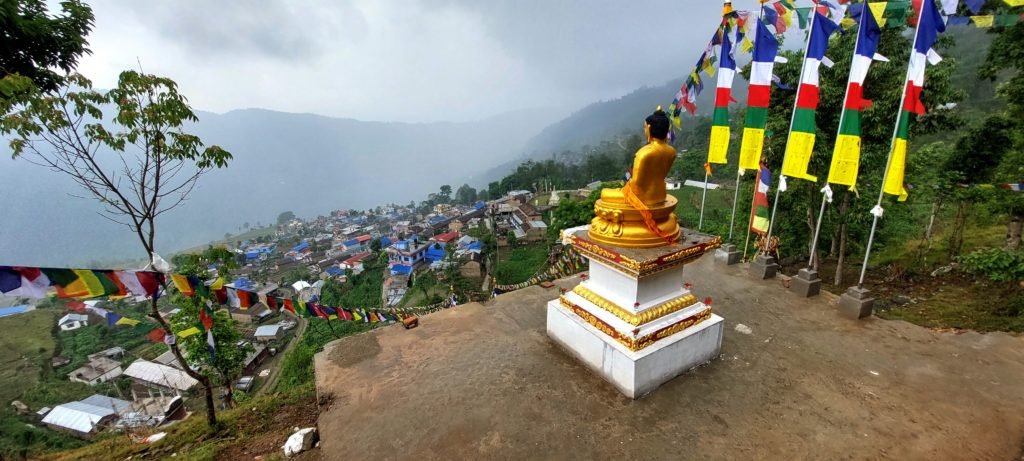
Near the end of the trek I did manage to spend several hours with a local family who were hospitable and friendly while waiting for my transportation to take me back to my homestay that night at Ram’s family home.
Despite the brocure’s attractive promise of “stays in local houses helping local people with their everyday chores … cooking, looking after the animals, helping in a local school, enjoying and participating in a nightly musical concert, … offer(ing) maximum financial benefits to the local people and the community,” there was practically none of that.
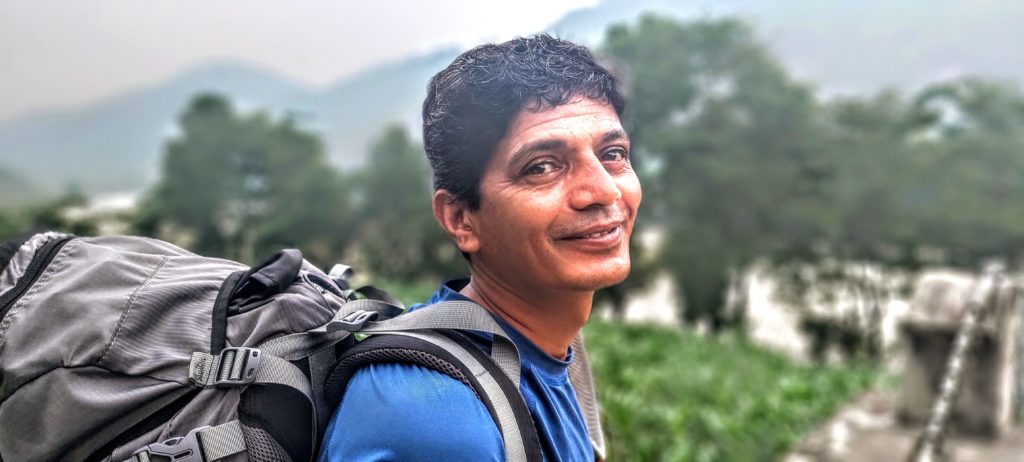
The tour was seven days of mostly hiking from village to village, and only the first night was at a homestay that was apparently prearranged.
My guide, thank goodness, was top-notch. The lithe, youthful image of Baburam Rijal belied the strength and endurance of a Himalayan sherpa that he possesses. I was also incredibly impressed with how nimbly he handled the rugged trails, rarely slipping or missing a step, constantly looking out to catch me, the rube, doing just those kinds of things.
For the most part, the trails were rocky, dusty paths, about a single-car width wide. There was one section of the trek where we traversed a tropical-style rainforest containing an army of small brown leeches that found us delicious, leaving bites that itched and bled for days in places on my body I never imagined a leech could reach.
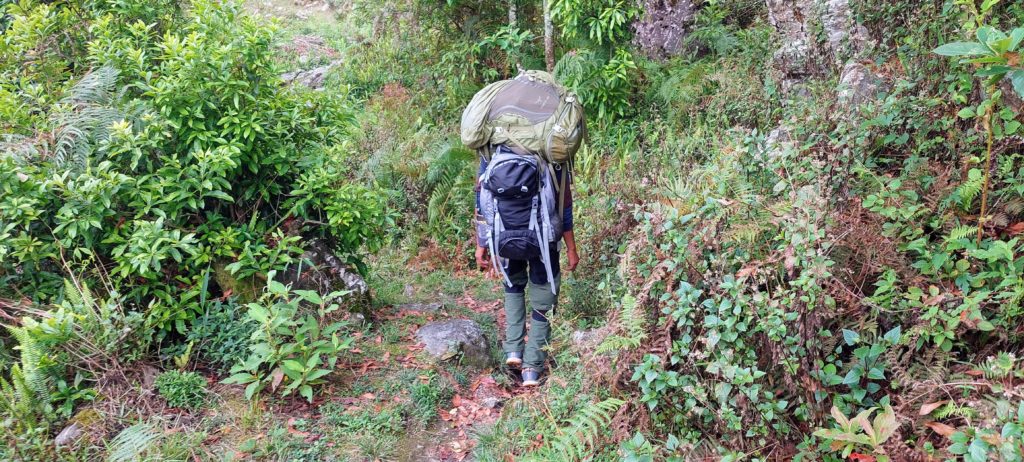
I was surprised by how warm it was throughout the trek, one of the reasons my pack was heavy. I’d prepared for cooler weather.
Our route took us over hills and into valleys that were in the 1,200-2,500 meter range, not towering elevation, but tiring with the constant ups and downs.
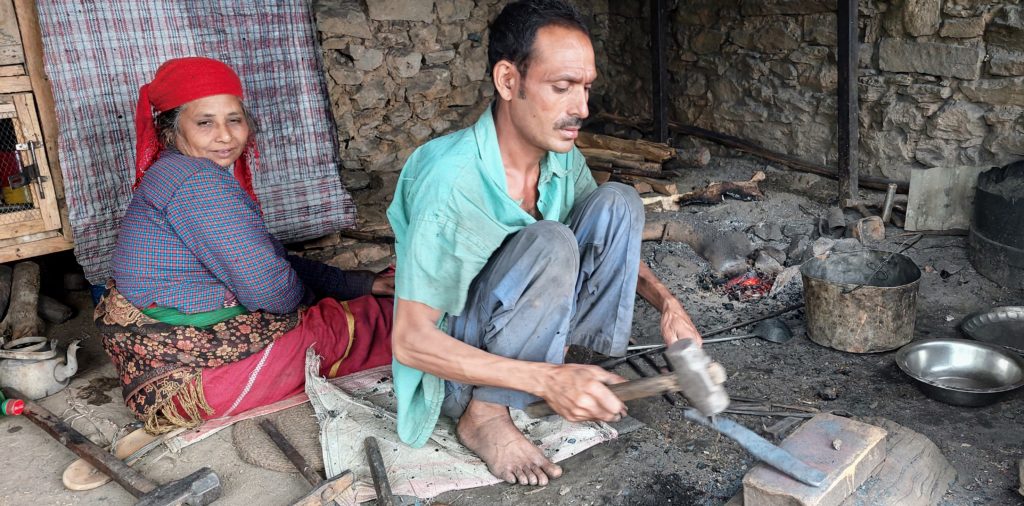
By the third day when I started taking too many breaks to suit Babu, or when we came upon particularly tricky terrain, he just stacked my backpack on top of his on his back, and we kept going. No problem. “That’s what I do,” he said.
All told, we hiked the better part of seven days before ending up at Ram’s family home along the Akhu Khola (river), still a five-hour bus ride back to the guest house in Kathmandu.
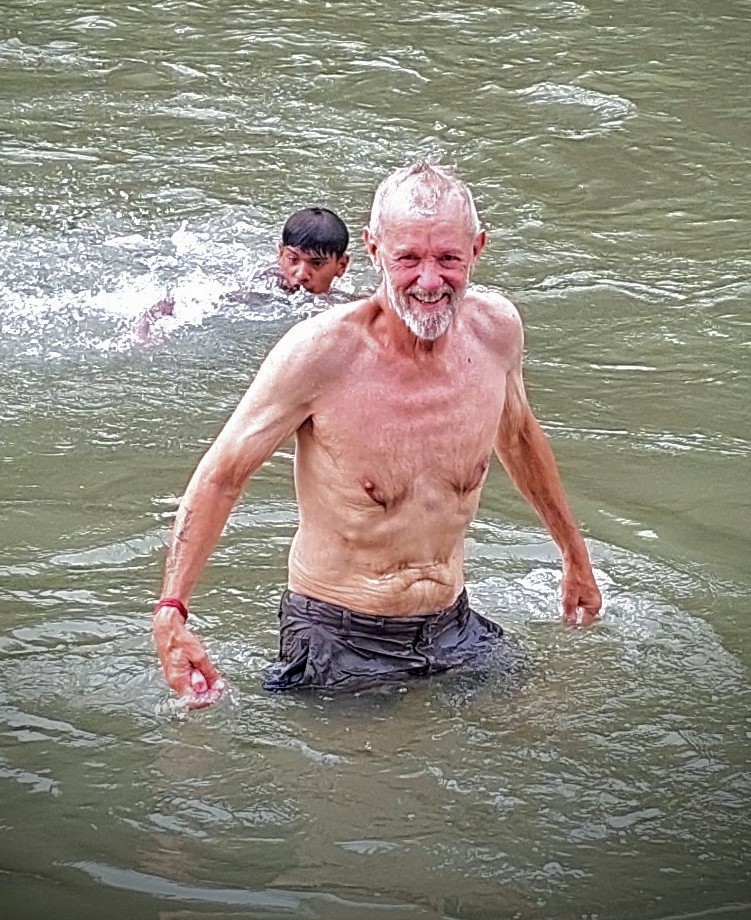
The trek was not what I expected, which would have been more community interaction and less time on rugged trails. But I’m not about to complain.
I was treated kindly and experienced something unique that I would not have had by going the way of the typical visitor to the Himalaya mountain trails.
Although the long days of hiking exhausted me to the point of exasperation at times, in retrospect, I see this trip now as one of the more memorable excursions of a remarkable year of travel thus far in 2022.
As a traveler sometimes you just have to do what you have to do, and in the end, it’s alright.
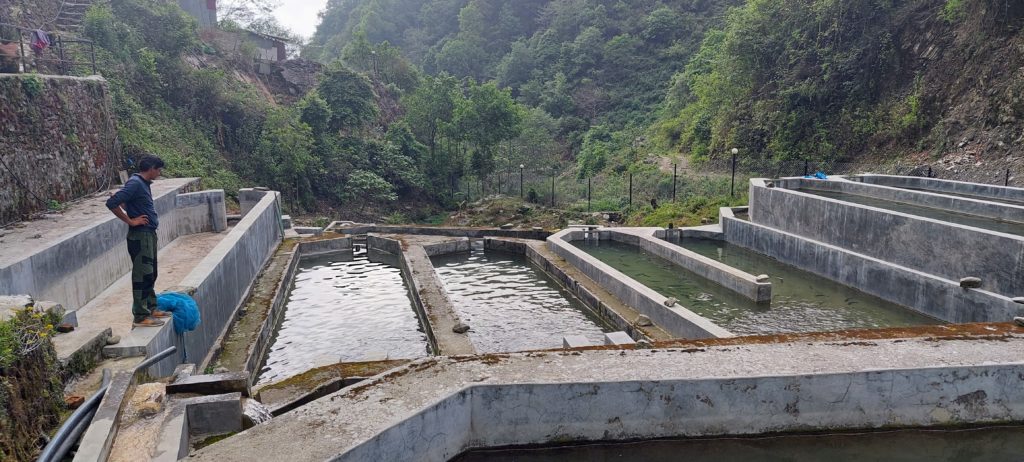
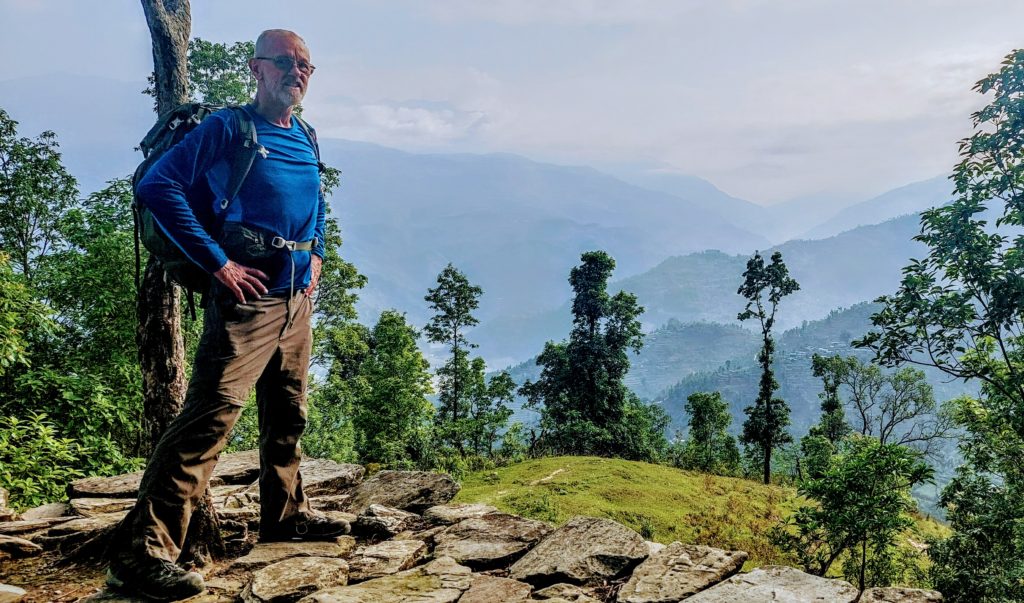
What an amazing adventure, David! And all of the photos are fabulous. It must be thrilling to be you! I appreciate your sense of adventure and willingness to explore exotic off-the-beaten path locations. What a fantastic life you are living!
Wow Dave that’s a lot of walking! Do you ever struggle with the food? Be safe my friend!
Hi Kathleen! Not much problem with the food. Dal bhat is served so often though it can get tiresome. But it’s good, nutritious and filling, so can’t really complain.
I loved this! As I sit here in a small American apartment, poised primarily at my computer or at a job behind a desk, or relaxing in a recliner reading, with very little exercise and a very small world, I’m blown away by this great trip. I also clicked on the Mountain Delights link and following their first video, was mesmerized by the second one in the Mustang Valley. I’m calmer now than usual at this busy morning hour when I try to accomplish so much. I found myself in awe at their peaceful way of life, but I did feel sorry for the animals carrying such heavy loads, as did the elderly woman in one scene and your strong, friendly, companion, Baburam. In conclusion, all I can say is, “I think I live simply? What a joke!”
Great post David, thanks for writing. Looking forward to my own Himalayan adventures this winter!
Hey Ryan, thanks! Means a lot coming from a “classmate.” Best of luck with your trip. With any luck we’ll be seeing each other again next summer.
Thank you for sharing your adventures Dave. I’m glad you are doing what you do and that all is well!
Thank you, Cary, it’s wonderful to hear from you. As far as I go, I never leave Paulsboro, and that’s a good thing.
The real life begins..great..go ahead positively…all the best…